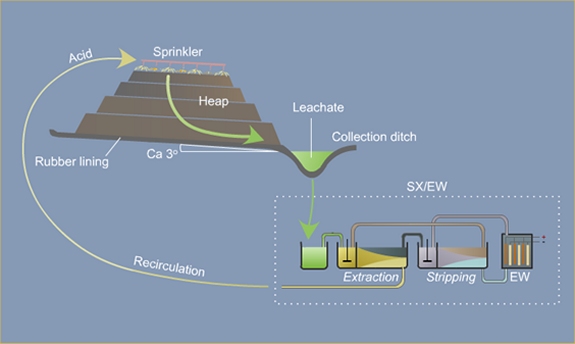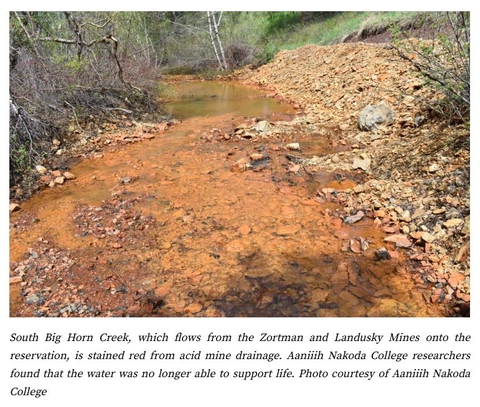The Timeline of Events and Outcomes
History of Mining and Protection in the Little Rocky Mountains: A Timeline of Events
View the timeline in more detail here.
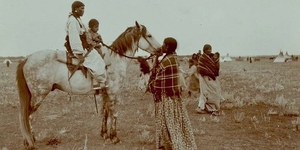
May 10, 1872
General Mining Act of 1872 signed into law by President Ulysses S. Grant.
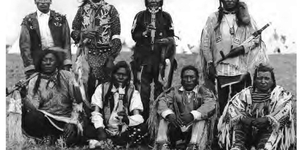
June 1, 1888
Fort Belknap Indian Reservation established for the Gros Ventre and Assiniboine tribes.
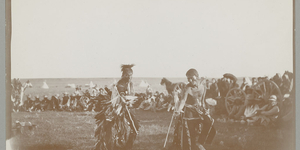
October 9, 1895
A federal commission led by George Bird Grinnell signs an agreement with the Fort Belknap Indian Community purchasing a 49 square-mile tract of line that encompassed the Little Rocky Mountains.
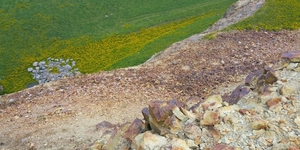
June 1979
The Montana Department of State Lands approves applications filed by Zortman Mining, Inc. (ZMI), a wholly-owned subsidiary of Pegasus Gold Corporation, for operating permits for two open-pit cyanide heap leach mines in the Little Rocky Mountains.
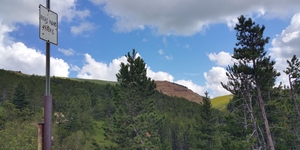
June 15, 1990
After at least three spills at the Zortman and Landusky mines in the previous year, the Fort Belknap Community Council Tribal Health Department issues a notice to Fort Belknap residents indicating that water from streams leading from the Little Rockies may not be safe for consumption and outlining alternative water sources and methods of water monitoring and treatment.
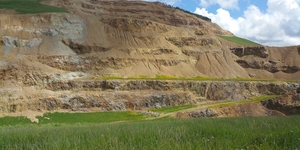
June 22, 1990
The Lewistown District Office of the Bureau of Land Management (BLM) approves an application for an amendment to the operating permit of the Landusky mine.

August 22, 1991
August 22-25, 1991: American Indian Traditional Environmental Conference held by Red Thunder at the Chief Nosey Recreation Center in Lodgepole.
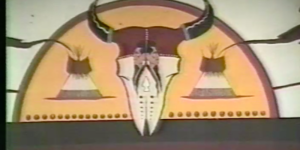
March 15, 1992
The premiere screening of Indian Tears of Love is held at Hotel Boulderado in Boulder, Colorado.
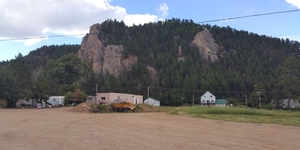
May 1992
ZMI submits another application for an amendment to the operating permit of the Landusky mine to the BLM and the Montana Department of State Lands.
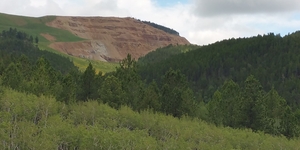
Late 1992
Acid rock drainage is detected in water monitoring reports sent to the Montana Department of State Lands by Pegasus.
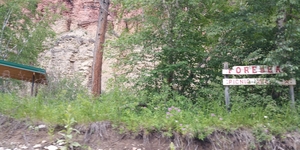
June 1993
Red Thunder and Island Mountain Protectors send a notice to Pegasus of their intention to file a clean-water suit against them.

July 1993
A heavy rainstorm leads drainages at the Zortman mine to overflow and send thousands of gallons of orange, acidic sludge through the streets of Zortman.
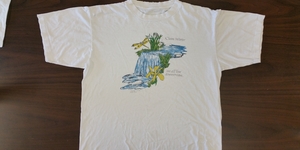
July 28, 1993
The Environmental Protection Agency (EPA) sent a notice to the Montana Department of Health and Environmental Sciences (DHES) that the Zortman and Landusky mines had violated the federal Clean Water Act.
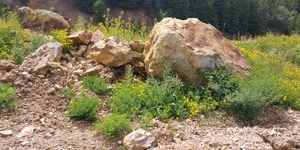
August 24, 1993
The DHES files a clean-water suit against Pegasus and ZMI for violations of the Montana Water Quality Act first in the Phillips County District Court, and then in the First District Court of Montana in Helena.

June 1995
The EPA filed a complaint against Pegasus Gold Corporation and Zortman Mining Inc. for violations of the federal Clean Water Act in June 1995 that sought civil penalties and permanent injunctive relief.

March 1996
The BLM and Montana Department of Environmental Quality (DEQ; created on July 1995 as a consolidation of other state agencies involved in environmental regulation, such as the Department of State Lands and the Department of Health and Environmental Sciences) release an environmental impact statement for the expansion project that permitted expansion with various conditions.

July 1996
A Consent Decree between Pegasus, the EPA, the Montana DEQ, the Fort Belknap Community Council, the Gros Ventre Tribe, and the Assiniboine Tribe is signed under the auspices of the Department of Justice.
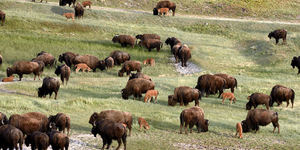
June 1997
The IBLA halts the expansion of the Zortman and Landusky mines as it reviewed an appeal of the BLM’s decision to proceed with the project following their environmental impact statement and the consent decree.

December 1997
Pegasus stock falls to under one dollar per share.
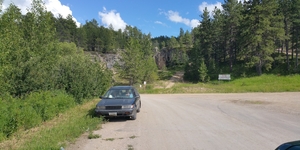
January 16, 1998
Pegasus files for chapter 11 bankruptcy in a Nevada court.
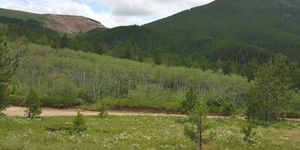
December 1998
Pegasus reorganizes under the name of Apollo Gold.
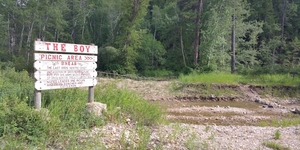
January 2017
Reclamation in the Little Rocky Mountains is ongoing.
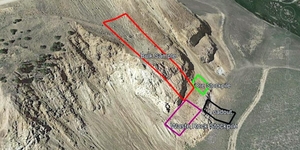
March 2021
DEQ approves plan to excavate old Zortman gold mine.





